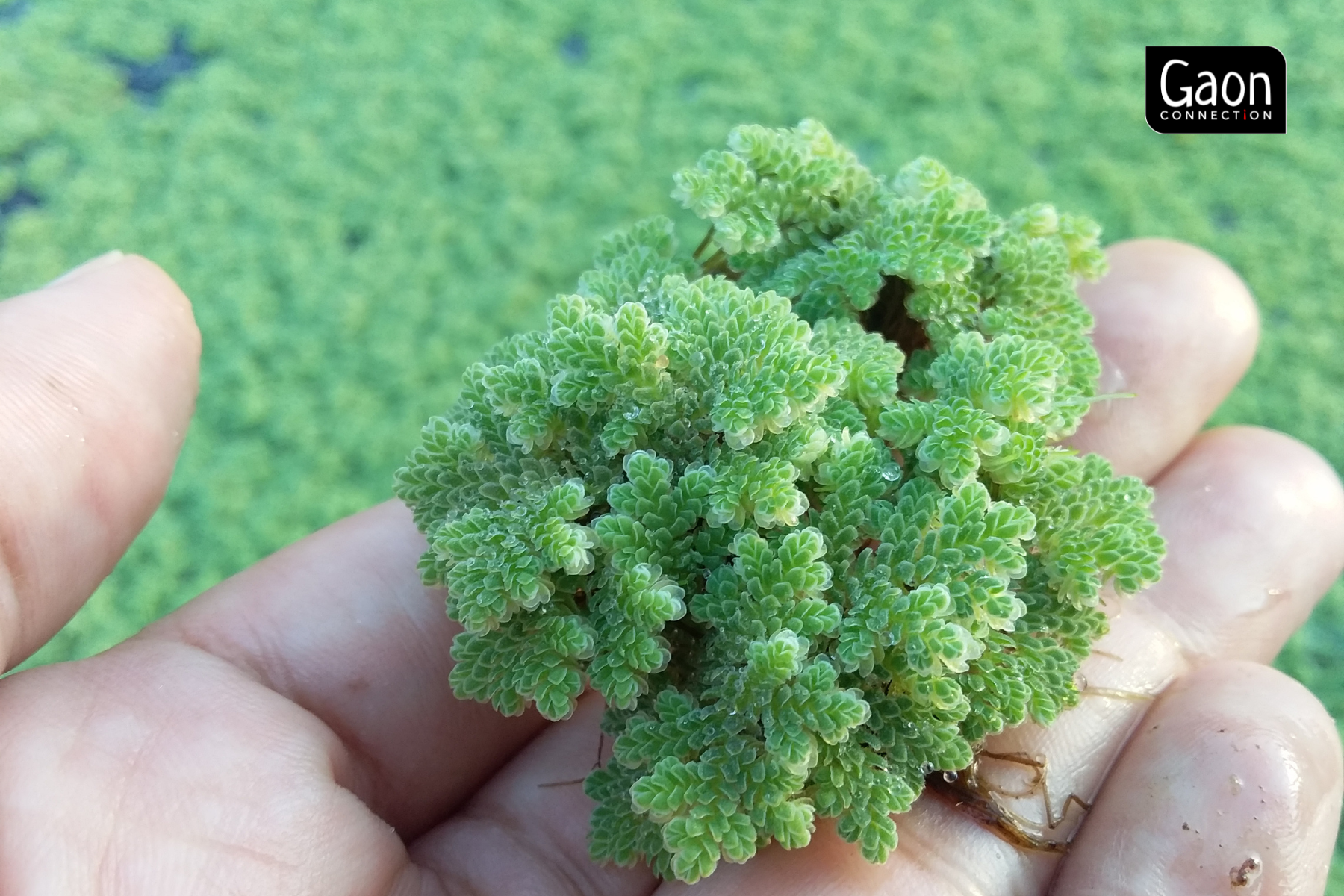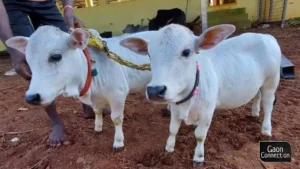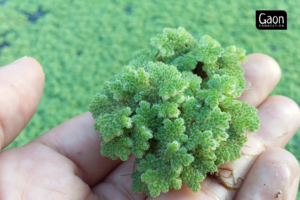When you see the sun shining sharply after a shower, a catch in the light may hook your eye.
Something against the blue sky and yellow light may be glittering, almost like a shard from a jewel. Occasionally it looks like a clear piece of glass, and at other times it seems to be a little patch of colour. Sometimes it darts by so fast you can’t tell what you saw, but it also hovers in a single spot, stopping all time in its wake.
Just after the rain is the time for dragonflies. And to see them, all you need is a patch of sunshine and a slip of water. Next to a water body, on the stalks of grasses, dragonflies sit with an easy confidence. Most have transparent wings, looking like clear bits of plastic. The ends of the wings may have coloured patches, resembling stained glass windows.
You may or may not have noticed dragonflies, but they do you a valuable service. It may not even be a stretch of imagination to believe that you may owe your life to a dragonfly. Dragonflies hover near slips of water – a puddle that forms in the monsoon, low-lying areas that are actually seasonal wetlands, small ponds, nehers. Dragonflies lay their eggs in the water, and their young ones, nymphs, emerge to eat other insects in the water. On the menu are scores of mosquito larvae that form so quickly in pooling water, responsible for many human (and animal) deaths.
As the dragonflies emerge from the water, they fly in the air, with two pairs of wings, and a body so aerodynamic they can hover, dart, dive, and stay perfectly still while being suspended in the air. Common dragonflies found in India are named after their flight – Dasher, Darter, Skimmer, Glider.
The adult catches flies and mosquitoes voraciously, the best pest control nature could have created.
Now that I have your attention, recall which was the first helicopter you saw. It was probably a dragonfly, and not the Republic day choppers that fly past once a year. Drowsy post monsoon afternoons, suffused with warmth and moisture, were full of dragonflies darting in the grasses of the garden.
And on certain months of the year, the air would be full of dragonflies in the morning, all part of a secret dance, whose music we could not hear.
Those months are now here — the air is full of dragonflies. Scientists have recently learnt that dragonflies migrate huge distances – even over the oceans. And they carry an entire ecosystem on their diaphanous wings. Birds chase dragonflies over the seas. The amazing Amur Falcon, that comes to India at the end of October each year from Siberia, migrates over the Indian ocean towards Africa. Over the huge expanse of ocean water, where food would be scarce for a tired bird migrating thousands of kilometres, it is expected that the falcons eat dragonflies.
That dragonfly that lives near you thus eats disease-carriers and provides food for birds, doing more in its lifetime than we would ever give it credit for.
Perhaps your childhood interest in animals may actually have started with insects. Insects are all around us, and most children have caught butterflies and dragonflies, ripping apart their wings in curiosity, memorizing the colours of their slender bodies, and marveling at their large eyes and fragile feet. What started as a childish curiosity does not need to end in adulthood.
Looking at dragonflies at this time of the year is an awakening towards the way the world actually works. You may spend most of your time in a sheltered house, but our life is more than the sum total of our walls. Beyond the walls, the dragonfly is lessening the number of mosquitoes in your vicinity. Earthworms are turning the soil to make an embrace for the crops you eat. A bird is dropping a seed, which will become a tree your kin will look at one day.
But there is so much more, too. The design of the dragonfly may well have inspired helicopter design. For the average onlooker, dragonflies carry wonder on their wings. Their filigreed wings look like an intricate map. The compound eyes, so oversized for their body (and yet so tiny in the scheme of things), catch everything and help them over the largest water bodies on earth.
The dragonfly is a marvel of evolution. It gets by with very little resources or credit. The closer you find yourself to a creature like this, the more you would have understood your place in the world.


















